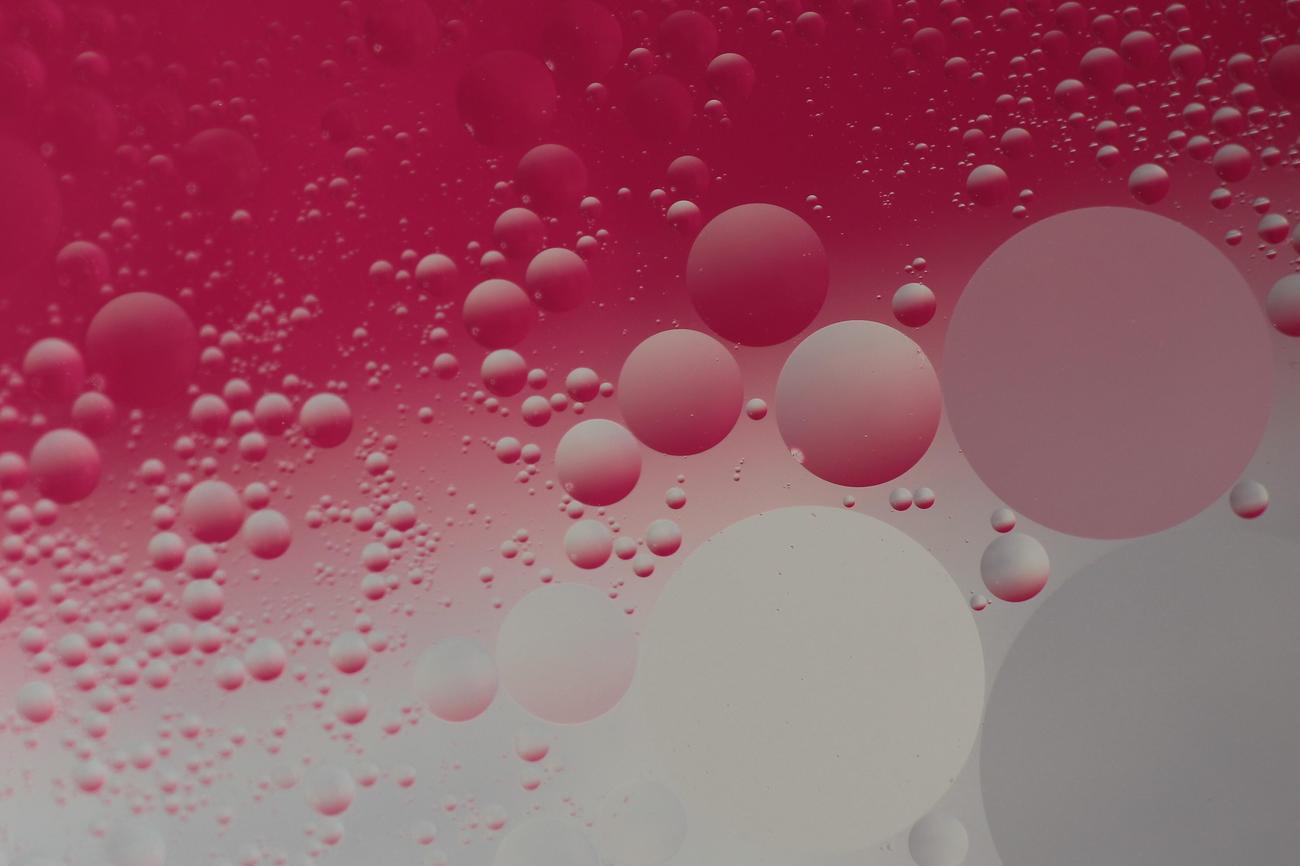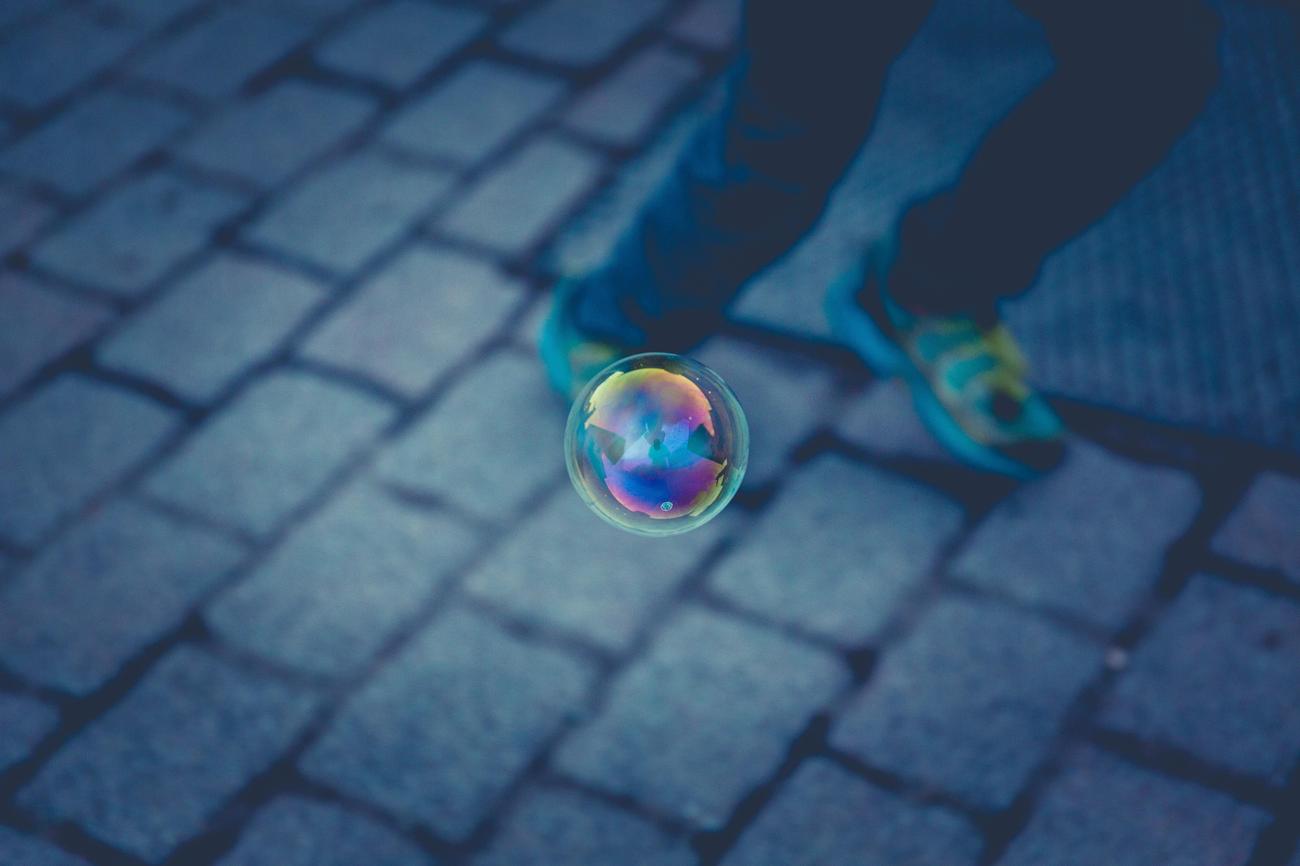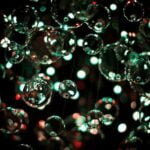Is Bubble Wrap Eco-Friendly? Exploring the Environmental Impact

When it comes to packaging materials, few are as ubiquitous and recognizable as bubble wrap. Loved for its ability to protect delicate items during transit, this air-filled plastic packaging has become a staple in the shipping industry. But have you ever stopped to consider the environmental impact of this seemingly harmless product? In this article, we will delve into the question of whether bubble wrap can truly be considered eco-friendly. By examining its production process, recyclability, and alternative packaging options, we can gain a better understanding of its environmental footprint and explore potential greener alternatives.
Is Bubble Wrap Eco-Friendly?
Bubble wrap, with its iconic poppable bubbles, has long been a popular choice for packaging fragile items. However, when it comes to its eco-friendliness, the picture is not quite as pretty as those little bubbles. In fact, bubble wrap is far from being an environmentally conscious packaging option. Let’s explore the reasons why.
First and foremost, bubble wrap is made from plastic, which is derived from fossil fuels. This means that its production contributes to our carbon footprint and exacerbates environmental issues. Additionally, bubble wrap is classified as a single-use plastic, meaning it is designed for one-time use and is not easily recyclable. This leads to a significant accumulation of waste and pollution.
The impact of bubble wrap goes beyond just its disposal. During its production, tiny microplastics can be released into the environment, further contributing to plastic pollution. These microplastics have been found in our oceans, harming marine life and ecosystems. So, not only does bubble wrap create physical waste, but it also generates invisible damage to our planet.
Thankfully, alternatives to traditional bubble wrap do exist. Paper bubble wrap, for example, is made from FSC certified material and is biodegradable. It is easier to recycle than its plastic counterpart, minimizing its environmental impact. When disposed of properly, paper bubble wrap breaks down naturally, leaving no harmful residues behind.
Another eco-friendly option is biodegradable bubble wrap made from renewable resources such as wheat and corn starch. This type of bubble wrap is designed to degrade over time, further reducing its ecological impact. By opting for these greener alternatives, we can make a positive difference in the fight against plastic waste.
The need for sustainable packaging has become increasingly important in today’s world. Customers are more conscious of the environmental impact of the products they purchase, and businesses have recognized the importance of meeting these demands. As a result, many brands are seeking alternatives to bubble wrap that can help them gain new customers while also making a positive contribution to the planet.
Unfortunately, the recycling options for bubble wrap are limited. Most curbside recycling programs do not accept bubble wrap, and there are generally no dedicated recycling bins for it. This means that a significant amount of bubble wrap ends up in landfills, where it takes hundreds of years to decompose. This is a clear indication that plastic bubble wrap is not a sustainable form of packaging for our planet.
Looking ahead, the future of eco-friendly bubble wrap lies in materials such as recycled paper, cardboard, and even plastic. Innovations in sustainable packaging offer hope for a more environmentally conscious approach. Paper void fill, for instance, serves as an alternative to traditional bubble wrap. It is not only eco-friendly but also recyclable and reusable, making it a practical and sustainable choice.
In conclusion, when we ask the question, “Is bubble wrap eco-friendly?” the answer is a resounding no. Bubble wrap, as a single-use plastic, poses significant environmental challenges. Its production, disposal, and potential for pollution make it an unsustainable choice for packaging. However, we have the power to make a difference by choosing greener alternatives such as paper bubble wrap and biodegradable materials. Let’s pop the bubble on unsustainable packaging and embrace more eco-friendly options.
Bubble wrap is more than just a packing material. Did you know that it was originally intended to be used as textured wallpaper? That’s right, bubble wrap was invented by Alfred W. Fielding and Marc Chavannes in 1957. They were trying to create a type of plastic wallpaper, but their invention quickly took on a different purpose. Today, bubble wrap is known for its satisfying popping sound and its ability to protect delicate items during shipping. If you’re curious to learn more fun facts about bubble wrap, click here: fun facts about bubble wrap.
A Sustainable Solution to Bubble Wrap: Introducing Cushion Lock
[youtube v=”blOmEVt7P98″]
In the quest for a greener way to package delicate objects, a major corporation in the Twin Cities has made a groundbreaking discovery. 3M, known for its innovative solutions, has developed a sustainable alternative to plastic bubble wrap. Enter Cushion Lock, a revolutionary paper design that aims to replace the beloved but environmentally harmful plastic bubble wrap.
Tom Corrigan, an inventor at 3M, came up with the idea while relaxing in his hammock on a 4th of July weekend in 2019. Inspired by the Japanese art form of kirigami, which involves folding and cutting paper, Corrigan designed a kirigami pattern that expands into strong, wall-like structures when opened. From a mechanical engineering standpoint, these structures possess immense strength.
The concept of Cushion Lock is simple yet brilliant. By replacing plastic bubble wrap with recyclable paper, 3M aims to tackle the issues associated with single-use plastics and non-recyclable waste. With a growing demand for sustainable packaging, the timing couldn’t be better.
One of the biggest advantages of Cushion Lock is its ability to expand. When unfolded, the paper expands up to 60 times its original size, creating interlocking vertical structures that provide excellent cushioning and protection. This unique pattern is the secret behind Cushion Lock’s remarkable performance.
Moreover, the environmental impact of traditional plastic bubble wrap cannot be ignored. Derived from fossil fuels, its production contributes to carbon footprint and exacerbates environmental issues. Additionally, the majority of plastic bubble wrap is not recycled, leading to waste and pollution. Microplastics released into the environment during production also pose a threat to marine life and ecosystems.
While alternatives like paper bubble wrap and biodegradable options made from renewable resources have been explored, they have not gained much traction in the past. However, with the introduction of Cushion Lock, the shift towards sustainable packaging may become a reality.
Cushion Lock also offers a practical advantage. Unlike traditional plastic bubble wrap, which requires large amounts of storage space, Cushion Lock is more compact. A single roll of Cushion Lock paper can hold as much length as a thousand feet of plastic bubble wrap. This efficiency not only saves storage space but also contributes to reducing waste.
As businesses strive to meet consumer demands for eco-friendly packaging, the market for Cushion Lock is expanding rapidly. It is already available for purchase at major retailers like Target, Staples, and Amazon, making it accessible for consumers who want to make a positive difference.
In conclusion, the invention of Cushion Lock by 3M presents a sustainable solution to the environmental issues associated with plastic bubble wrap. With its innovative paper design and compact nature, Cushion Lock provides an efficient and environmentally friendly alternative for packaging delicate objects. By embracing greener options like Cushion Lock, we can reduce plastic waste and make a significant positive impact on our planet.
“Cushion Lock, a revolutionary paper design that aims to replace the beloved but environmentally harmful plastic bubble wrap.”
“The introduction of Cushion Lock may mark a significant shift towards sustainable packaging solutions that meet consumer demands.”
“Cushion Lock offers not only superior cushioning and protection, but also a more compact storage solution compared to traditional plastic bubble wrap.”
“By choosing Cushion Lock, businesses and individuals can actively contribute to reducing plastic waste and minimizing environmental harm.”

FAQ
Q: Why is bubble wrap considered not eco-friendly?
A: Bubble wrap is not an eco-friendly form of packaging as it is unrecyclable and increases our carbon and environmental footprint. It is classified as a single-use plastic and has the potential to cause significant pollution and other ecological issues, including the production of microplastics.
Q: What are some green alternatives to bubble wrap?
A: Green alternatives to bubble wrap include paper bubble wrap made of FSC certified material or biodegradable bubble wrap made from renewable resources such as wheat and corn starch. Paper bubble wrap is biodegradable and easier to recycle than plastic counterparts. Biodegradable bubble wrap breaks down naturally, leaving no harmful residues behind.
Q: Why is plastic bubble wrap not sustainable?
A: Plastic bubble wrap is not a sustainable form of packaging for the planet. It is unrecyclable and contributes to pollution and environmental damage.
Q: Are there any recycling options for bubble wrap?
A: Unfortunately, there are generally no bubble wrap recycling bins, and most curbside recycling programs do not accept bubble wrap. However, some specialty recycling centers may accept bubble wrap, so it’s worth researching local options.
Q: What is the future of eco-friendly bubble wrap?
A: The future of eco-friendly bubble wrap includes materials such as recycled paper, cardboard, and plastic. Paper void fill is an alternative to bubble wrap that is eco-friendly, recyclable, and reusable. These innovations offer sustainable packaging options for brands and consumers alike.
- Unveiling the Enigma: Mansoureh Khojasteh Bagherzadeh’s Public Appearances & Private Life in Iran - July 18, 2025
- Unveiling the Mystery: Mansoureh Khojasteh Bagherzadeh’s Husband: A Rare Glimpse into a Private Life - July 18, 2025
- Unveiling Masoud Khamenei’s Mother: Power, Influence, and Iran’s Future - July 18, 2025
















